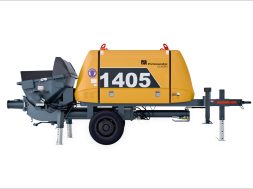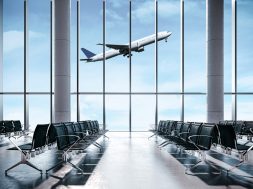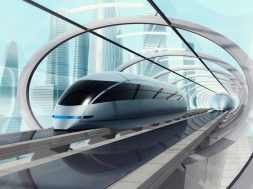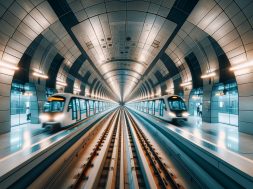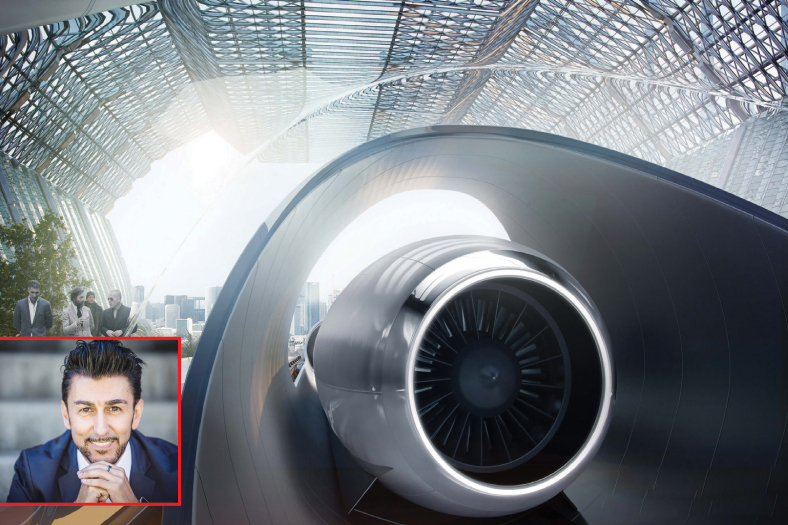Uncertainty Looms over SEZ Sector
Despite having tremendous opportunities, the SEZ sector in India is under serious stress. According to Ravindra Sannareddy, MD, Sri City, “After introduction of MAT, SEZ enquiries have fallen by more than 50 per cent and are causing uncertainty”Brief us on the present status of SEZ sector in India.The main objective of special economic zones (SEZ) in India is to create employment and bring in investments in manufacturing and services. Today, nearly 70 per cent of SEZ experts are IT related. Large scale employment can only be generated in the manufacturing sector. We need to get more manufacturing units into SEZ. After introduction of Minimum Alternative Tax (MAT), SEZ enquiries have fallen by more than 50 per cent and are causing uncertainty. Furthermore, SEZ also need to build new infrastructure instead of consuming existing Govt. infrastructure.
Could you highlight the major bottlenecks the sector is facing today?A critical issue that the industry is facing today is the uncertainty surrounding the impact of the proposed Direct Taxes Code (DTC) Bill. The DTC seeks to reverse the fiscal incentives granted to SEZ units through the SEZ Act by 2014, a move that will seriously affect large projects that have gestation periods ranging from 3 to 7 years. It further imposes a MAT on SEZ units. This uncertainty has caused many investors to hold back their investment plans with a few of the investors pulling out of SEZ projects until there is more clarity on the impact of the DTC.
What sort of policy reforms can the SEZ developers expect?Some of the suggestions are:• Large multiproduct SEZ that invest in creating new infrastructure must be given a stable policy window of a minimum of 10 years so that they are not crippled while still learning to walk. The stability must be extended to units entering the SEZ so that they are also not affected by changes in policy • Better support and encouragement must be provided for the development of manufacturing industries• It must be ensured that fiscal reforms like the proposed Direct Tax Code will not adversely affect industrial development and growth • Minimum standards for infrastructure development must be defined. Environmentally sensitive systems for waste collection, recycling and disposal must be encouraged• SEZ projects that generate employment and bring development to underdeveloped rural regions must be better incentivised than those that seek the advantage of being present in a developed region • Notified SEZs must be given adequate support by all relevant government departments, and high quality infrastructure must be provided up to the periphery of the SEZ.
What do the Indian special economic zones mean to the Chinese and Japanese companies?It is a good place for companies who have export potential. Currently only those companies who want to sell locally are coming to India. In stage 2, we will have export oriented companies coming to SEZ. Our trade policy for some products today encourages import from FTA countries rather than producing in India.
What were your prime objectives behind setting-up Sri City? Please brief us about this project.Sri City is an emerging world-class business city spread over 10000 acres located 55-kms from Chennai. It has the distinction of being the largest private sector multi-product SEZ in South India. Strategically located, Sri City offers the distinct advantage of well-established connectivity by rail, and road with proximity to four sea ports and two airports. Today, Sri City is home to over 70 companies from 22 countries, which is truly unique. Leading global companies like Alstom, Colgate, Kellogg, Kobelco, and NHK Springs have signed up with Sri City. Our vision is to build a world class business city where people can work, live, learn, play and do not have to commute large distances every day. Our mission is also to develop a vibrant township where almost everything is easily available to residents.
What was your total investment in this SEZ and what are the expansion scopes it has?We are currently developing one SEZ which is South India’s largest multi-product SEZ. It is spread over 6000 plus acres, also has a domestic tariff zone and a free trade warehousing zone included. The first phase, which has a project outlay of close to Rs. 600 crore was recently completed and the second phase which has a project outlay of Rs. 2000 crore has kick started.
SEZs were conceptualised in an aim to promote manufacturing sector, however, till now the SEZs are dominated with IT related activities, is it a diversion in our focus?Large scale employment for weaker sections of the population can only come from manufacturing. So far 70 per cent of the SEZ business is IT. We have 17 multi-products SEZ and many sector SEZ’s, once they are complete, they will change the focus to manufacturing oriented jobs.
What are the initiatives taken by you in encouraging manufacturing sector to set up their facilities in Sri City?Sri City is the only special economic zone with 12.5 per cent of the area (10,000 acres) being green, and is the only green special economic zone in the country which prides on its 2 MW solar power plant operational in 2011. It has street lights which are solar powered, cars and shuttle buses are electric. We have planted one million trees with a target of 7 million in another 7 years. The air, water and noise quality standards which are shared with the Government of India boasts of being below permissible standard of the pollution board.
Road NetworkAround 35 kms of permanent blacktop roads have been developed within Sri City to connect various industrial and social facilities within the SEZ, DTZ and CBD areas to the central expressway. These roads are designed as per the standards specified by Indian Roads Congress (IRC). In addition, about 5 kms of temporary roads were built to provide better connectivity to the villages inside Sri City.
Telecom FacilitiesTelecom cables were laid to connect new industries that have commenced their operations inside the SEZ. Telecom network has been laid to provide connectivity to CBD (Central Business District) area. Customers can choose between Reliance, Airtel and BSNL services.
Water Supply NetworkPotable water distribution lines were laid to cater to the needs of the companies that have established their facilities in the fiscal year 2011-2012. Construction water line facility has been provided to the sites under construction. Booster facilities are developed to maintain the pressure of water in the distribution network.
Sewerage NetworkSewer lines have been laid to collect the sewage water from the industrial units. The collected wastewater is treated in the existing 250 KLD Sewage Treatment Plant (STP), located in the SEZ. A new STP of 500 KLD capacity is under construction and will be operational by July 2012.
Alstom has recently expressed interest in making its Sri City facility a global sourcing hub, do you think it will encourage many others to leverage the benefits of SEZs?Yes. With Alstom’s endorsement of making Sri City a global sourcing hub, we expect many more companies to look at Sri City and set up their units.
Cookie Consent
We use cookies to personalize your experience. By continuing to visit this website you agree to our Terms & Conditions, Privacy Policy and Cookie Policy.
